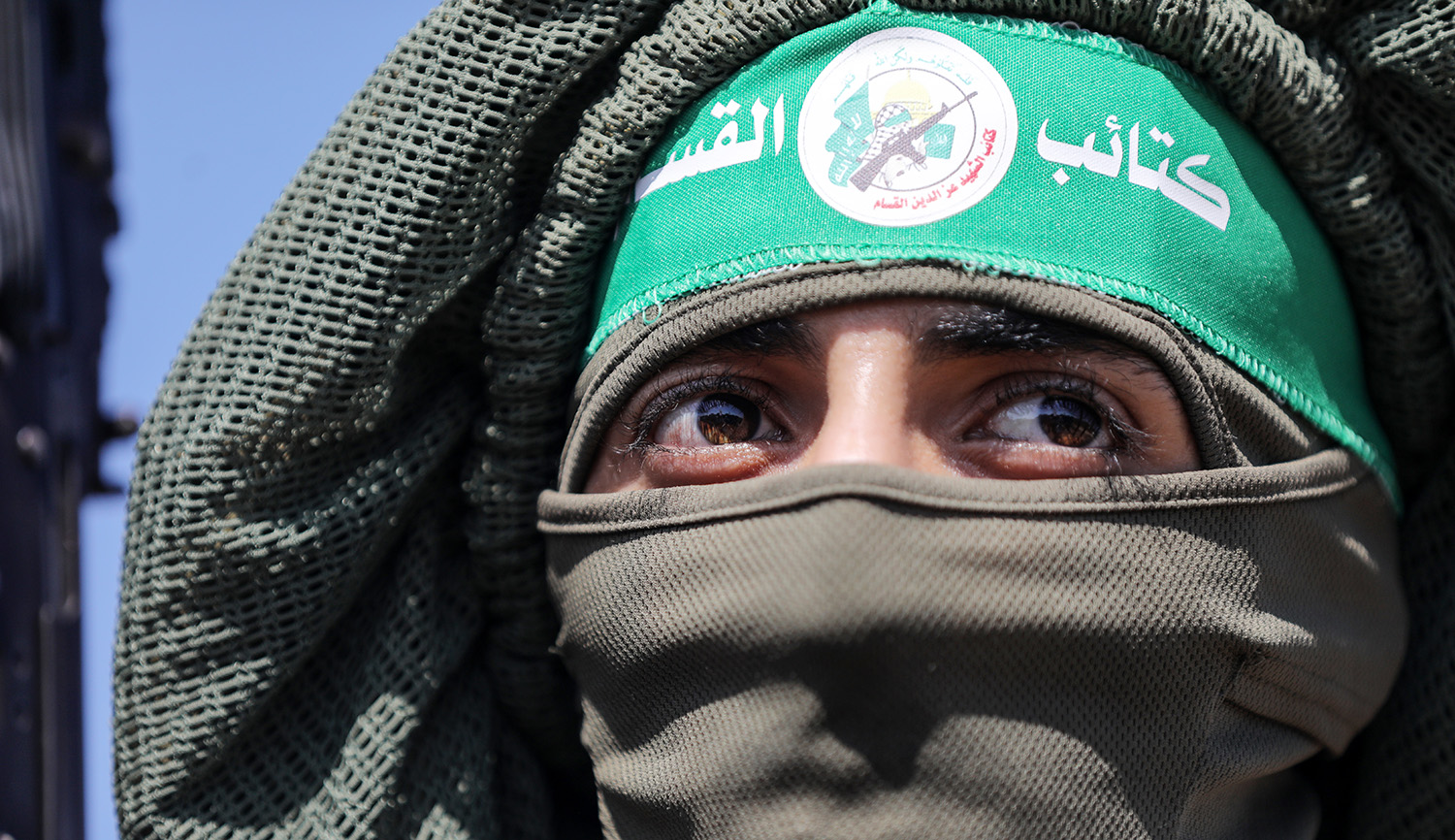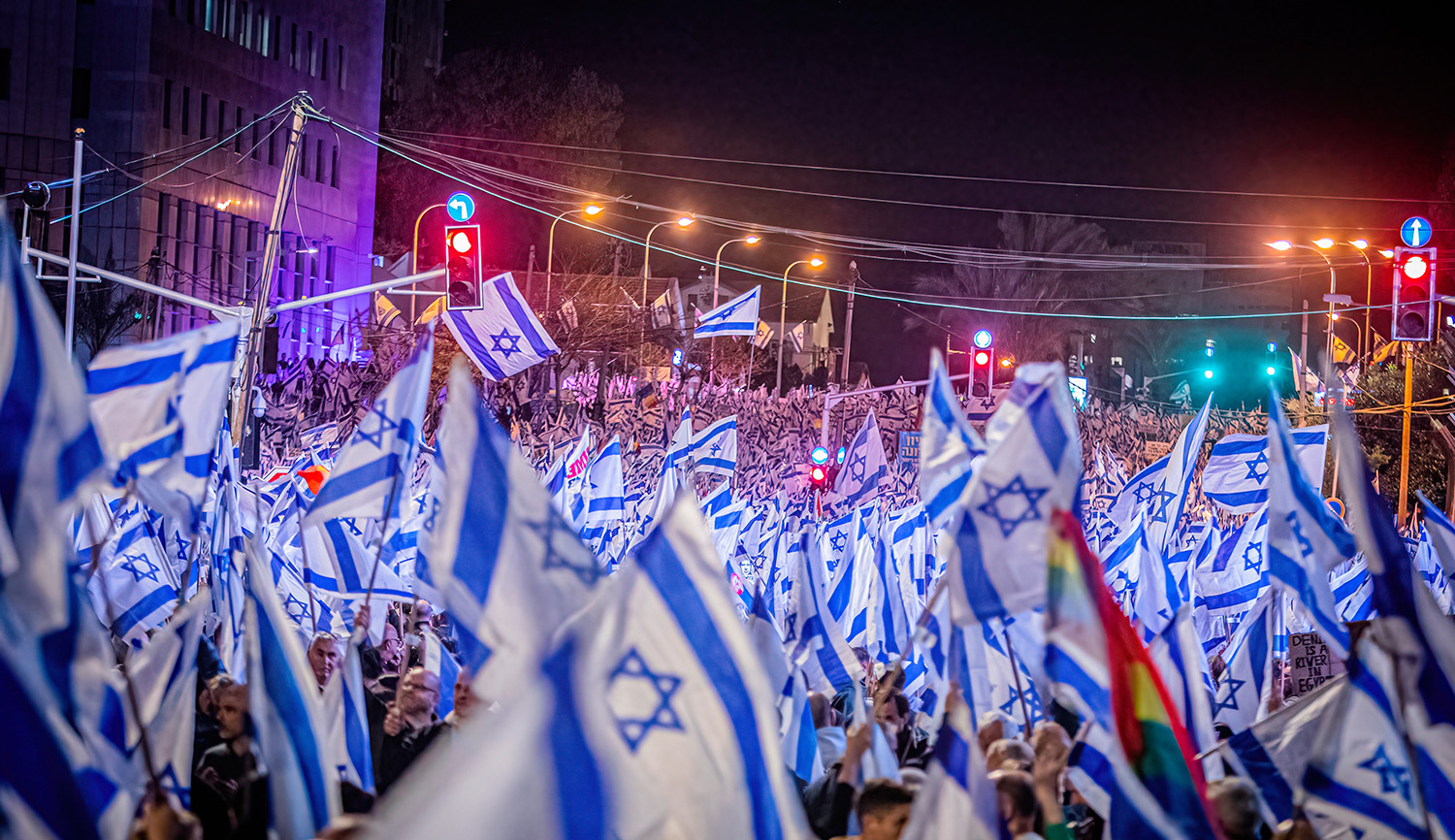In a phone call yesterday, President Biden urged Benjamin Netanyahu to increase the amount of humanitarian aid allowed to flow into Gaza “immediately and significantly”—this after Israel reopened water pipelines and took other similar steps. Pnina Sharvit Baruch and Tammy Caner examine the actual obligations the Jewish state bears toward the people of Gaza according to international law:
Gaza is no longer an occupied territory under Israeli control. . . . Thus, Israel has no legal obligation to ensure or provide actively for the needs of the civilian population in the Gaza Strip derived from the law of occupation. This includes water and electricity.
Israel is bound by some basic humanitarian obligations toward the civilian population in Gaza under rules of the laws of armed conflict that pertain to obligations toward the enemy’s civilian population. However, these obligations are of a limited scope.
Despite the statement by Defense Minister Yoav Gallant immediately after the murderous attack by Hamas and in the midst of battles against Hamas terrorists on Israeli territory that no supplies will enter the Gaza Strip, it is not at all clear that Israel’s policy toward the Gaza Strip amounts to a siege, as opposed to a wide-ranging closure of the area.
In any case—whether a siege or a wide-ranging closure—the restrictions imposed by Israel are intended to prevent the introduction of weapons and supplies to Hamas and other terrorist organizations, and therefore, they are legal.
Read more at Institute for National Security Studies
More about: Gaza War 2023, Laws of war


